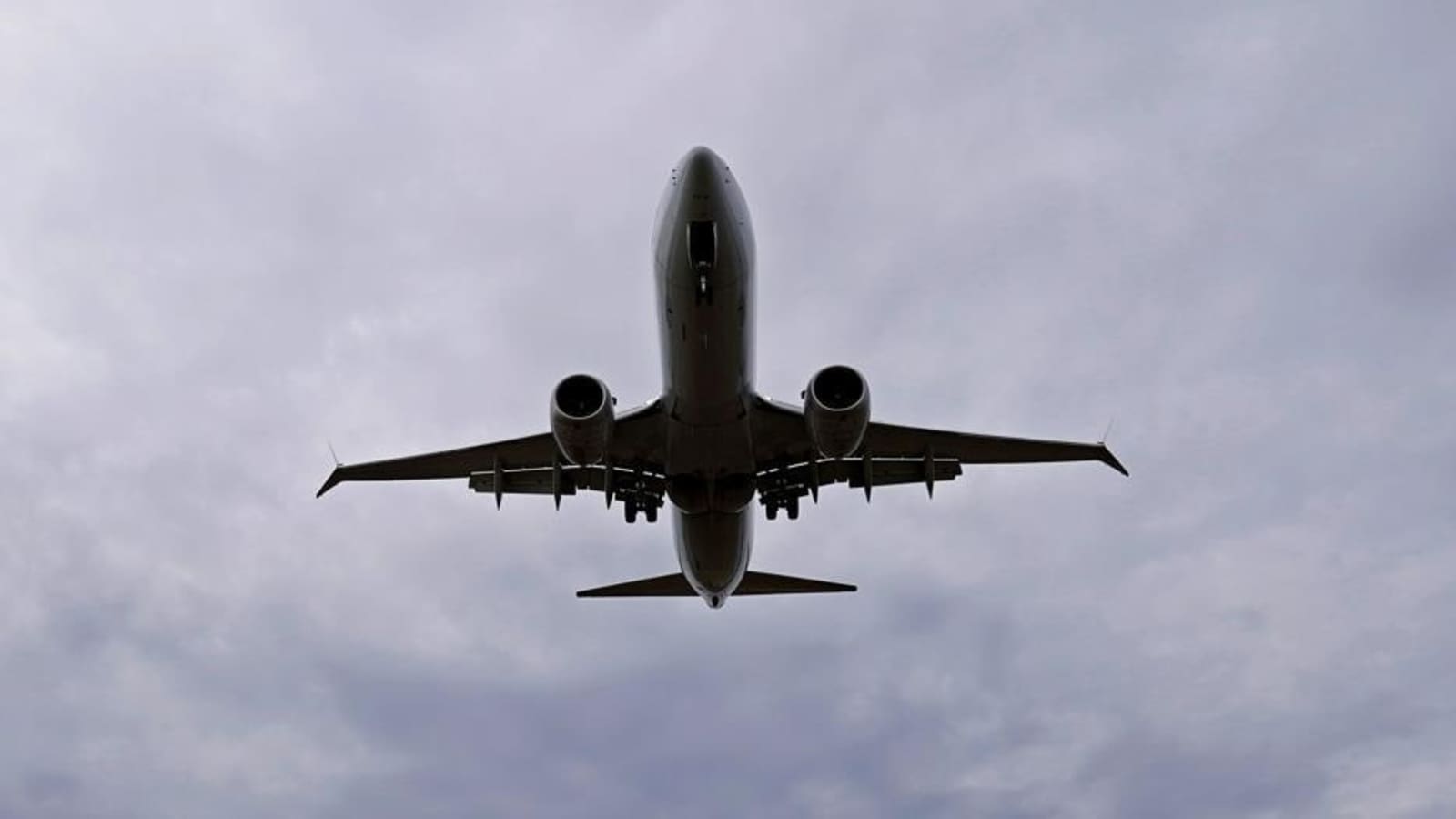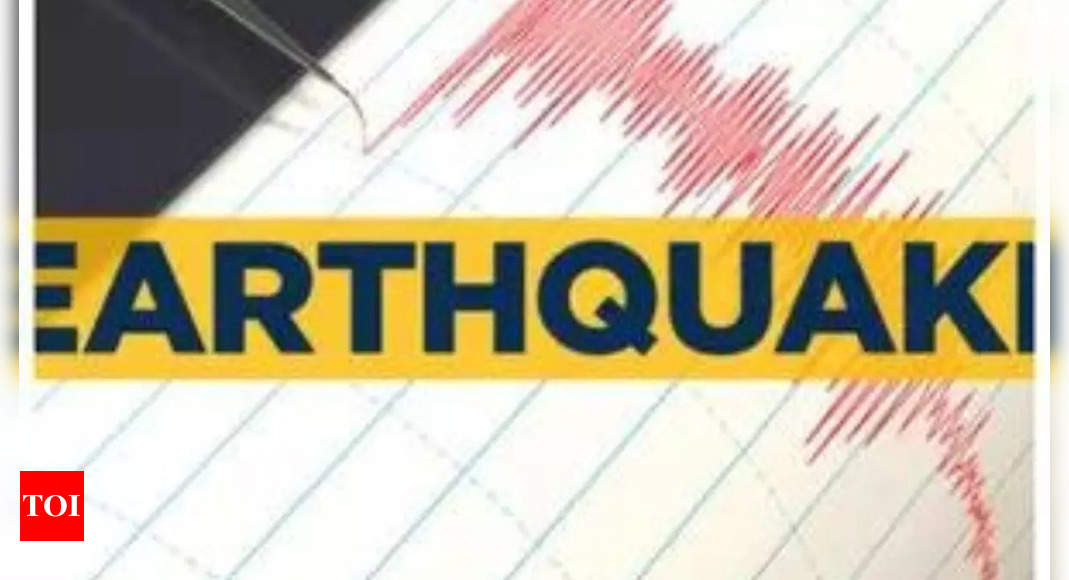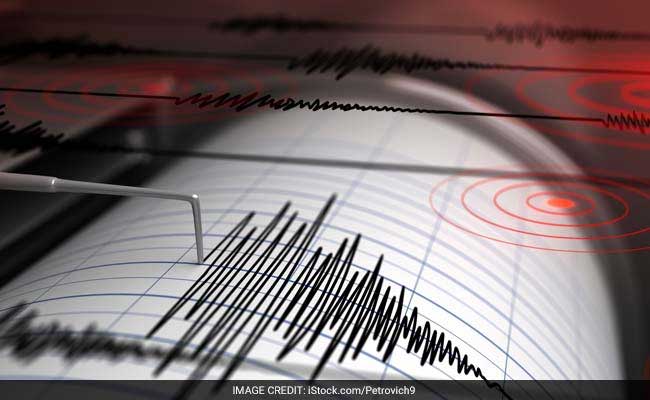
[ad_1]
Unless something gives in the global airline industry, consumers should expect airfares to increase and planes to be packed. There may be little relief on the horizon. The combination of a rebound in flying — the International Air Transport Association reported on Thursday that world demand in February finally surpassed 2019 levels — and a dearth of new aircraft production means that airlines will be crimped on seat capacity. They will turn to raising airfares to boost revenue and cover the higher costs of operating older planes.

This is just basic economics: Flight demand is on the rise and supply can’t keep up. Boeing Co. is struggling to increase production and can’t even meet the cap that the Federal Aviation Administration put on the 737 Max in January to force the planemaker to focus more on safety and quality.
Under the restriction, Boeing can produce up to 38 of its single-aisle workhorse plane each month but has fallen well short of that. Cirium, which gathers data on aircraft, is showing that Boeing conducted test flights on only 13 Max aircraft last month and 11 in February, according to Vertical Research Partners. Reuters reported that production of the 737 Max fell to single digits in March.
Airbus SE, now the biggest of the large airliner manufacturing duopoly, is having fewer production problems but is still constrained by the supply chain. Hundreds of its A320neo aircraft that are already in the hands of airlines will have to be grounded for months to fix a problem with power plants made by RTX Corp.’s Pratt & Whitney unit. About 3,000 of the geared turbofan engines have been recalled.
The desperation among airlines to add more aircraft is reverberating through the leasing market. The monthly rate for the 737 Max 9 has jumped to $315,000 from $305,000 at the beginning of 2020, which is before the pandemic caused flight demand to plummet, Bloomberg News reported based on data from Ishka Global. Airbus’ A321-200 costs $335,000 a month to lease, which is back to pre-pandemic levels. Airlines are also keeping planes longer because they can’t take delivery of all the new ones they have on order with Boeing and Airbus.
It costs more to operate older planes because they require more maintenance. Parts are harder to procure for older models. There’s also a shortage of aircraft mechanics, which means an airplane may be on the ground longer waiting for work to be done. Airlines will undoubtedly be looking to boost airfares to offset these higher costs.
Global demand — measured by revenue per mile flown by passengers — jumped almost 22% in February from a year earlier, IATA said in a news release on Thursday. That put traffic at 5.7% above 2019 levels, making it a “landmark month,” Robert Stallard, an analyst with Vertical Research Partners, wrote in a note. Some airlines had already surpassed their own 2019 levels. Other regions, especially Asia, had lagged on the recovery. The rebound is now picking up worldwide. Asia-Pacific airlines recorded a 53% increase in revenue passenger miles, or RPM, and European carriers logged a 16% increase. RPM for US airlines rose 5.7%, IATA said.
While 2019 was a great year for airlines and makes for a good milestone given how much the industry suffered during the pandemic, that comparison misses all the potential growth over the years since then. This means that passenger growth has some ground to make up, giving this airline rally rather long legs. Of course, a recession could put a damper on airline traffic. But the chatter about an economic downturn has gone silent and all the main global regions are expected to grow.
Passenger demand will continue to be strong, Robert Isom, the chief executive officer of American Airlines Group Inc., said at a JPMorgan Chase conference on March 12. Corporate travel has room to recover, he said.
“Now against that demand backdrop that we feel really good about — and hopefully there’s some additional upside — there’s constraints to supply,’’ Isom said. “The aircraft manufacturers haven’t been able to really deliver on schedule.’’
With crimped supply and growing demand, something’s got to give. And that will most likely be the price consumers pay for a ticket.
[ad_2]
Source link








